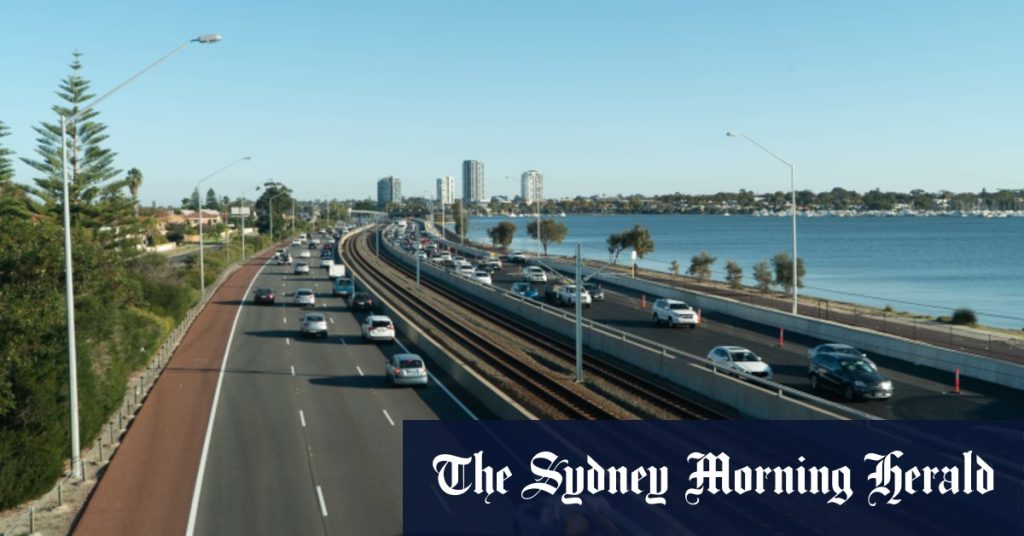Western Australia is significantly bolstering its road safety measures with a multifaceted approach centered around advanced camera technology. This includes deploying new fixed safety cameras along the Kwinana Freeway and introducing a fleet of mobile safety camera trailers statewide. The fixed cameras will complement existing, but currently inactive, installations at Gentilli Way in Salter Point and Mill Point Road in South Perth. Starting Australia Day, these locations, along with the mobile units, will begin issuing cautions for illegal driving behaviors detected. This marks a shift from passive monitoring to active enforcement, signaling a more proactive stance on road safety. The aim is to deter dangerous driving practices and ultimately reduce the alarmingly high road toll the state has experienced recently.
The deployment of these cameras is not merely about generating revenue; rather, it is explicitly tied to improving road safety outcomes. All fines collected will be directed to the Road Trauma Trust Account, a dedicated fund used exclusively for road safety initiatives. This direct link between enforcement and investment in safety programs underscores the commitment to using the generated resources to address the root causes of road trauma. A recent trial conducted in November on the Kwinana Freeway near Salter Point provides a compelling case for the effectiveness of these cameras. Using a mobile camera focused on a single lane, over 6,300 instances of mobile phone use while driving and over 5,100 cases of seatbelt non-compliance were detected. These figures highlight the prevalence of these dangerous behaviors and the potential impact of consistent monitoring. Had fines been issued during the trial, the Road Trauma Trust Account could have received between $5 million and $10 million, a substantial investment that could be channeled into various road safety programs.
The government’s initiative is inspired by the successful implementation of similar technology in other Australian states. New South Wales and Queensland have reported significant reductions in mobile phone use and seatbelt violations following the introduction of comparable camera systems. This evidence suggests that the deterrent effect of knowing one is being monitored can significantly influence driver behavior. The expectation is that Western Australian drivers will similarly adjust their habits to avoid penalties, leading to safer roads for everyone. This evidence-based approach, leveraging the experiences of other states, reinforces the strategic nature of this initiative.
The new fixed freeway cameras are currently in the tendering phase, with awards expected in the third quarter of this year. Installation is slated to begin late this year and continue into early next year. This phased approach will allow for a smooth transition and ensure the cameras are strategically placed for maximum effectiveness. The broader road safety strategy encompasses a long-term vision, with ambitious targets set for reducing road trauma. The objective is to achieve a 50-70% reduction in fatalities, severe injuries, and serious injuries by 2030, and ultimately eliminate them altogether by 2050. These targets reflect a commitment to creating a safer road environment for all users and underscore the urgency of addressing the current road safety challenges.
The impetus for these measures comes against a backdrop of a concerning rise in road fatalities. In 2024, nearly 190 people lost their lives on Western Australian roads, marking the highest road toll in a decade. This alarming statistic highlights the critical need for effective interventions to curb this trend. The comprehensive camera strategy, along with other road safety initiatives, is a direct response to this pressing issue and represents a concerted effort to reverse the upward trajectory of road fatalities. The goal is not just to enforce regulations but to foster a culture of safe driving behavior that prioritizes the well-being of all road users.
The implementation of this advanced camera technology signifies a significant investment in road safety. It reflects a commitment to moving beyond traditional enforcement methods and embracing technology to create a safer road environment. The anticipated outcome is a substantial reduction in dangerous driving behaviors, leading to fewer accidents, injuries, and fatalities. The investment in these cameras, coupled with the dedicated allocation of fines to road safety programs, demonstrates a long-term commitment to improving road safety in Western Australia and achieving the ambitious targets set for the future. This comprehensive strategy aims to foster a culture of responsible driving and ultimately make the roads safer for everyone.

